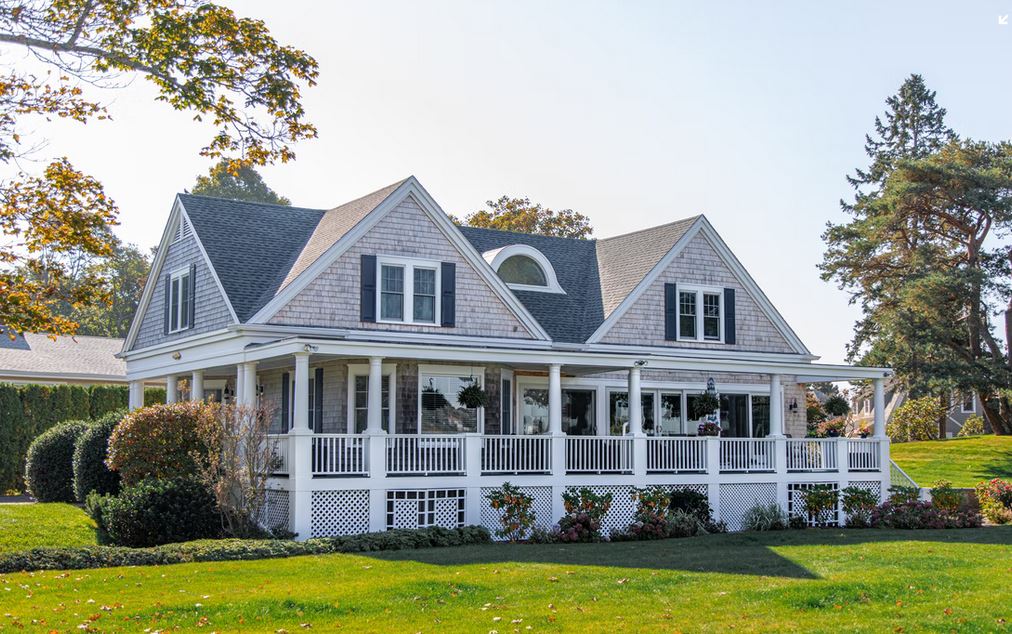According to a study on global energy footprint, American homes consume twice as much energy as our European neighbors. The majority of homes in the United States, houses and apartments, remain heated by fossil fuels, which contributes to greenhouse gas emissions. But if America follows the guidelines of the Paris Agreement to reduce greenhouse gas emissions by 80% by 2050, the priority is to tackle energy waste inside our homes. Indeed, American homes are energy vampires, turning most of the energy they consume into waste. Energy waste comes at a high cost not only for the environment but also for our budgets. So what can U.S. homeowners do to cut down on waste and reduce their energy costs?
Proper insulation
American homes are affected by poor insulation solutions that can lead to severe leaks throughout the structure. Insulation solutions are essential to keep the heated air inside in winter, but also keep the house cool in summer. Some of the most important areas to target include the roof and the basement. Up to 30% of the heat can escape in winter through a poorly insulated roof. Similarly, an unfinished basement will cause a temperature drop in the rooms above or adjacent to the basement.
Effective temperature-regulating system
There’s no miracle formula. Effective and modern heating and cooling system, such as new air conditioning solutions, are less likely to drive high energy consumption. Old heating units tend to require high energy to regulate the temperature in the room. An energy-efficient system can keep your costs low while ensuring you remain comfortable.
What are the signs of an ineffective heating or cooling system? Not all systems fail to deliver despite their age. However, they can get energy-hungry over time. Spikes in your energy bills without a significant change of lifestyle are a clear sign. Also, loud noises may indicate obstructions, damage, or usual wear and tear that could affect performance.
Air quality sensors
The purpose of an indoor air quality sensor is to monitor the safety of your air, ranging from the presence of pollutants to air humidity. Quality sensors can also fulfill additional purposes, such as air humidifiers and air purifiers.
Air quality sensors can highlight invisible issues that could affect temperature perception indoors:
- Low humidity levels below 30% can cause the air to dry, making the perceived temperature drop.
- VOCs and pollutants can drag air circulation, making it hard to heat or cool down your rooms.
- High humidity levels above 60% can make the air feel stuffy and affect heating and cooling solutions.
A smart home system
Smart home technology plays an instrumental role in managing energy use at home. You can use smart thermostats to save on heating and cooling costs by adjusting the temperature automatically based on programs and sensors. Smart plugs can detect when they are in use, which means they can turn themselves off based on programmable times or total energy consumption targets.
Can American homes reduce their energy consumption by 80% in the next 25+ years and meet the Paris Agreement’s requirements? Homeowners can reach out to a diversity of techniques and solutions to actively cut down waste and transform their energy footprint, including upgrading their A/C and heating systems and improving insulation.

